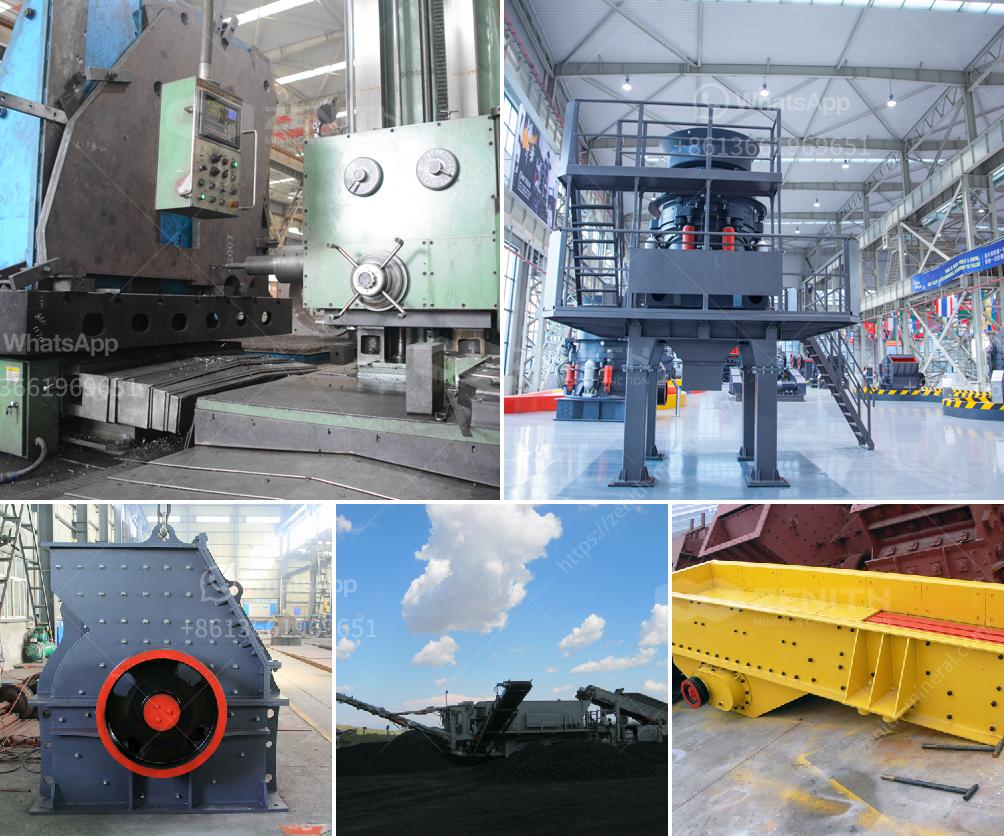Establishing a sand crushing plant involves a variety of requirements and considerations to ensure efficient operation and compliance with regulations. Here's a comprehensive overview:
1. Site Selection:
- Location: Choose a strategic location near raw material sources and within proximity to target markets to reduce transportation costs.
- Land: Adequate space for plant installation, stockpiling, and future expansion.
- Environmental Considerations: Compliance with environmental regulations regarding dust, noise, and water quality.
2. Permits and Legal Requirements:
- Zoning Permits: Ensure the site is zoned for industrial use.
- Environmental Permits: Obtain permits for emissions, water usage, and waste management.
- Operational Approvals: Local government and industry-specific operational permits.
3. Plant Design and Layout:
- Crushing Equipment: Crushers (jaw, cone, impact, etc.), screens, feeders, and conveyors tailored to the specific sand required.
- Material Handling: Efficient transport systems like conveyor belts and hoppers.
- Storage Facilities: Silos or stockpiles for different grades of sand.
4. Raw Material:
- Quality Assessment: Assess the quality and type of raw material (river sand, silica, granite, etc.).
- Consistency: Ensure a consistent and reliable supply of raw material.
5. Machinery and Equipment:
- Crushing Units: Primary and secondary crushers to break down raw material.
- Screening Units: To separate different sizes of crushed material.
- Washing Systems: To remove impurities if producing high-quality sand.
- Conveying Systems: For effective movement of materials within the plant.
6. Infrastructure:
- Utilities: Adequate water supply, electricity, and access roads.
- Workshops and Storage: Facilities for maintenance and storage of spare parts.
7. Operational Plan:
- Production Schedule: Detailed schedule of production to meet demand.
- Quality Control: Systems to monitor and maintain product quality.
- Maintenance Schedule: Regular maintenance to ensure machinery efficiency and longevity.
8. Human Resources:
- Skilled Workforce: Technicians, engineers, and machine operators trained in plant operations.
- Safety Training: Comprehensive safety protocols and training programs.
9. Health and Safety:
- Safety Plan: Implementation of safety measures and emergency response plans.
- PPE: Provision of appropriate personal protective equipment for all employees.
10. Environmental Management:
- Dust Control: Measures like water sprays and dust collectors.
- Waste Management: Systems for handling and disposing of waste materials.
- Noise Control: Use of noise-reduction equipment and barriers.
11. Financial Considerations:
- Initial Investment: Budgeting for land, equipment, and infrastructure.
- Operational Costs: Estimation of ongoing costs including labor, maintenance, and utilities.
- Financial Planning: Securing funding or loans as needed.
12. Market Analysis:
- Demand Assessment: Research on local and regional demand for different types of sand.
- Competitor Analysis: Understanding the competitive landscape and pricing strategies.
By addressing these requirements, a sand crushing plant can be effectively established and operated, delivering high-quality sand for various applications such as construction, manufacturing, and more.

